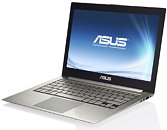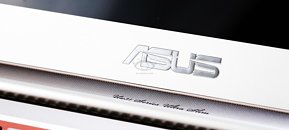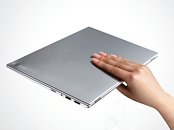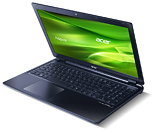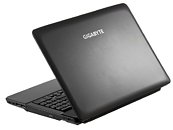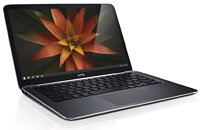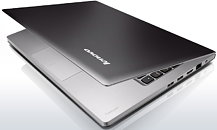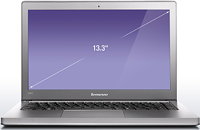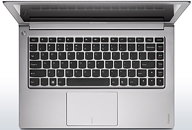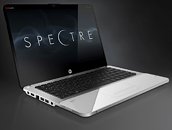Hynix Wuxi Plant to Produce NAND Flash
With significant growth in demand for NAND flash memory, with the advent of Intel's Ultrabook form-factor, and the transition of Apple's MacBook range to slimmer form-factors that could raise demand of solid-state storage, memory makers are stepping up production of NAND flash memory. Samsung recently announced the setting up of a 12-inch NAND flash wafer production facility in China. In response to this, the other major Korean memory-maker, Hynix, indicated that its plant located in Wuxi, China, will switch from producing DRAM to NAND flash. This switch seems short-term and Hynix plans to expand the plant later, to accommodate NAND flash production. Hynix is currently a much smaller player in the NAND flash industry than Samsung.






